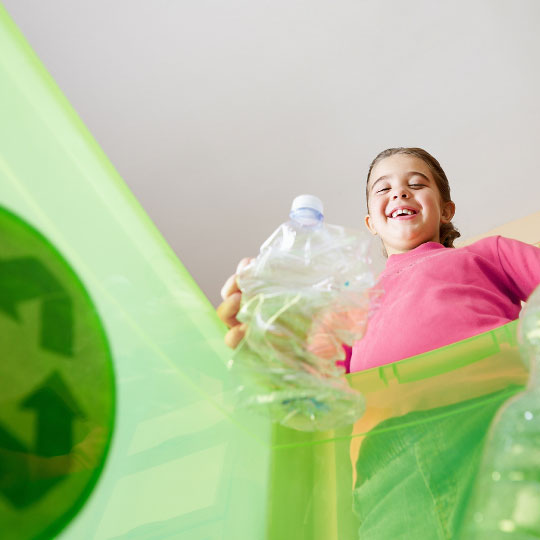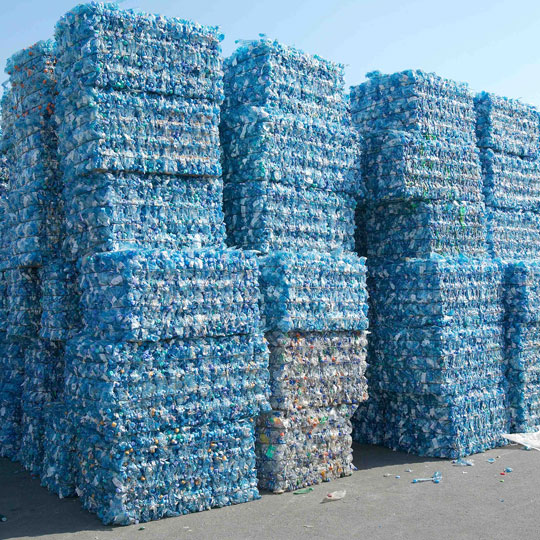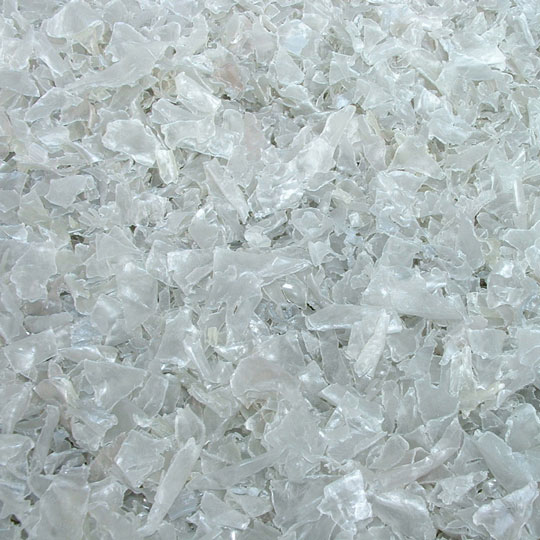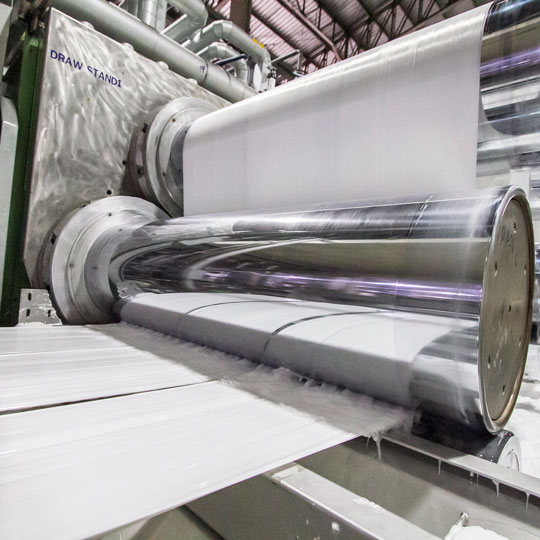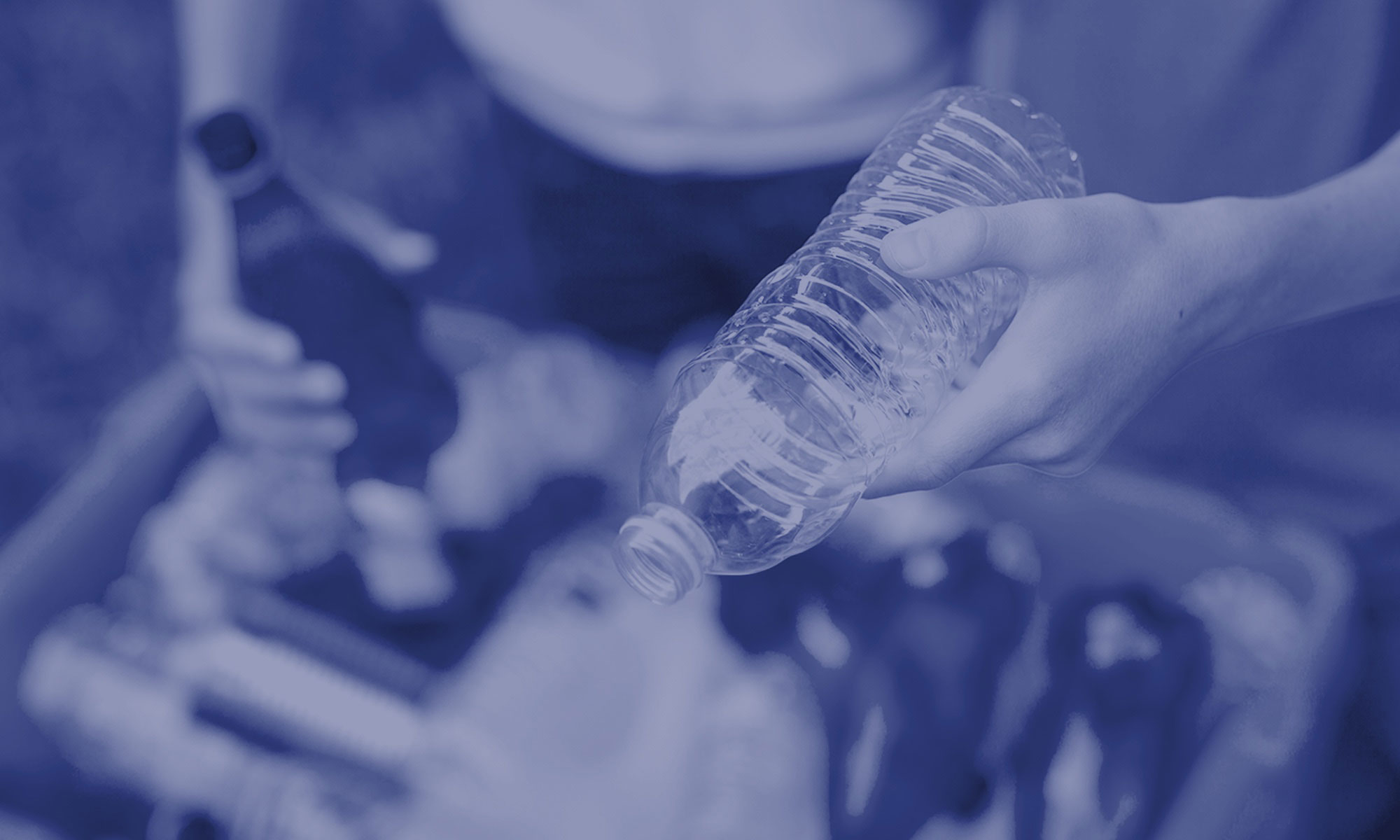
Everything to Know About the World’s #1 Material.
Packaging designers and manufacturers and consumers alike choose PET (polyethylene terephthalate). Instead of ending up in landfills, PET can be recycled, over and over, and turned into something new. Accordingly, PET plastic packaging is imprinted with the #1 inside a triangle. Dicover what PET makes unique.
PET is the world’s most recycled plastic.
jobs are created from PET production and recycling in North America alone.
pounds of rPET (recycled PET) are used in end markets annually in the US and Canada.
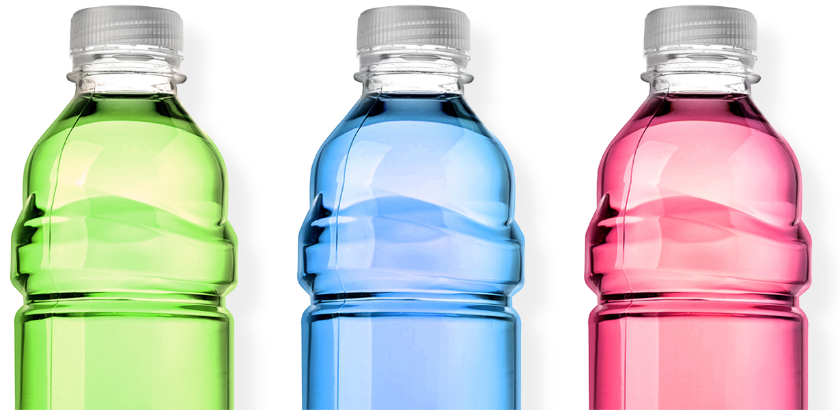
Polyethylene Terephthalate
High-Density Polyethylene
Polyvinyl Chloride
Low-Density Polyethylene
Polypropylene
Polystyrene
Miscellaneous
Beginning in 1988, all plastics were designated a number (1 through 7) to display, as defined today by ASTM International. The code number identifies what kind of resin each particular plastic product is made of. PET has been and always will be identified by the Resin Identification Code 1.
Patented in 1973, the PET plastic bottle has grown in popularity and versatility to become a leading choice for water and beverage bottles. With its endless recyclability, environmentally positive profile, and virtually limitless life cycle, PET can come back to serve us again and again—and not just as another water bottle.
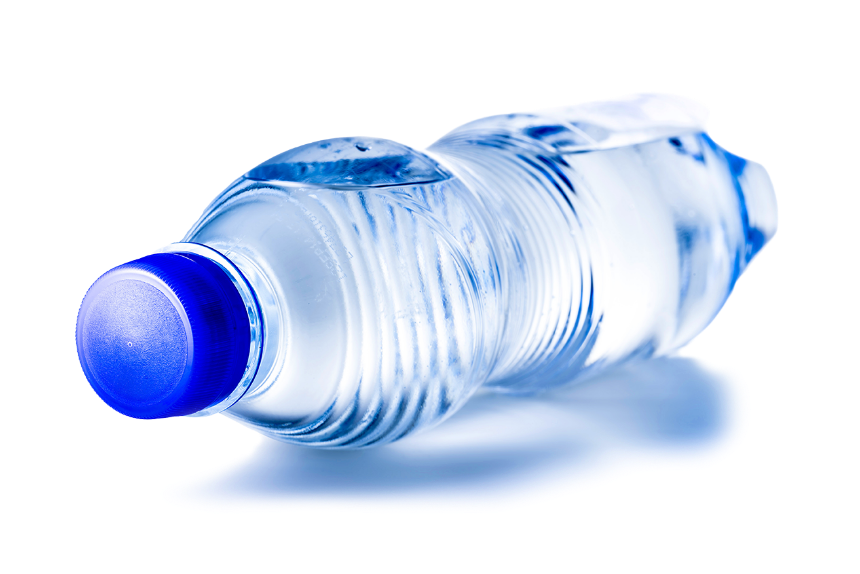
While people are understandably concerned about plastic pollution, the impact of aluminum and glass containers hasn’t generated the same kind of headlines—but it needs scrutiny too. Let us show you how they compare.
A February 2016 study on gas emissions by the US Environmental Protection Agency, using the widely accepted Waste Reduction Model (WARM), shows that aluminum cans, even when manufactured with recycled materials, generate more tons of carbon dioxide (CO2) per ton of metal than PET bottles or containers with recycled PET.
Too much packaging becomes litter and end up in our waterways. Aluminum cans have been discarded into the world’s oceans since their invention in 1959. The concerns are:
- Cans accumulate on ocean floors, in delicate coral reefs, and in bays and riverbeds.
- They are more difficult to see, collect, and recycle.
- Can tabs break off and are ingested by wildlife and fish.
All aluminum starts out as bauxite ore, which must be mined. Mining causes:
- Deforestation
- Land erosion
- Pollution of nearby waterways
Aluminum must also be refined before it’s made into a can or container. The process uses caustic soda and other chemicals to extract aluminum from the ore. According to the EPA’s web page on Bauxite and Alumina Production Wastes, this process leaves behind residual byproducts that can find their way into soil and water, including:
- Uranium
- Thorium
- Radium
Food and beverage cans have a plastic liner, often a bisphenol-A (BPA)–based epoxy, which forms a barrier between the product and metal, protecting against foodborne diseases. Conversely, BPA is not used in the production of PET plastic. It is not used as a chemical building block for any of the materials used in the manufacture of PET, nor is it part of the PET recycling process.
Glass containers create more greenhouse gases than plastic containers. According to Springer.com, an academic publisher dedicated to the advancement of science, its 2008 Life Cycle Assessment (LCA) found that “glass jars produce between a quarter and a third more greenhouse gases than plastic jars.”
Glass, by nature, is heavier than plastic, weighing up to 10 times more. This makes it more costly to transport and requires more fuel to be consumed and/or more trips to be made, according to PackagingoftheWorld.com. Increased emissions from either or both issues creates even more greenhouse gases.
Glass shatters if it’s dropped or damaged, which is a safety hazard for consumers. PET bottles and containers are flexible and will not shatter, whether in transit or when tossed into a recycling bin.
Broken glass is as dangerous for waste haulers and recyclers to handle and sort as it is for consumers. In fact, according to Solutions.recyclecoach.com, many facilities are not equipped to remove tiny bits of broken glass from other recyclables. Broken glass can also contaminate other recyclables such as paper and cardboard. Today, more and more recycling companies do not accept broken container glass at all.

